I had opted to choose a Friday night as my last night at Michael’s on Naples. Somehow, I had managed to convince myself that it would be like any other night I went there.
The now-shuttered Naples staple would, in my mind, be dotted with patrons. Nothing too crazy. Or too bare. I would get to selfishly spend time talking with those I cared about over food, in a space I deeply loved that was soon to depart. There would be a few interruptions. And I would, for the last time, enjoy the people who made one of my favorite spaces in Long Beach do the dance they did so brilliantly.
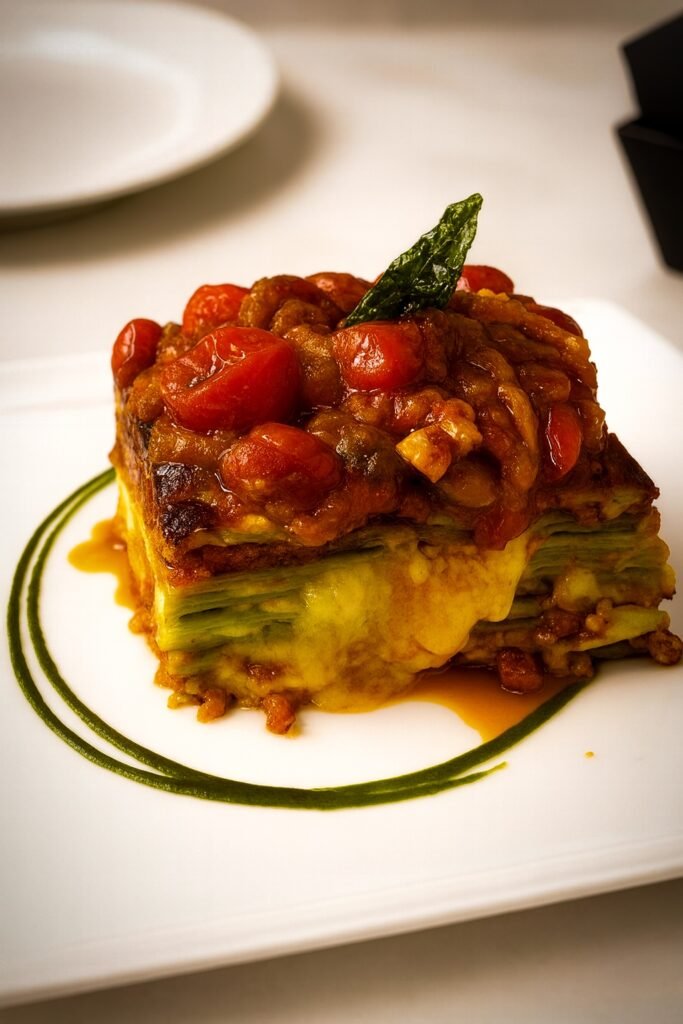
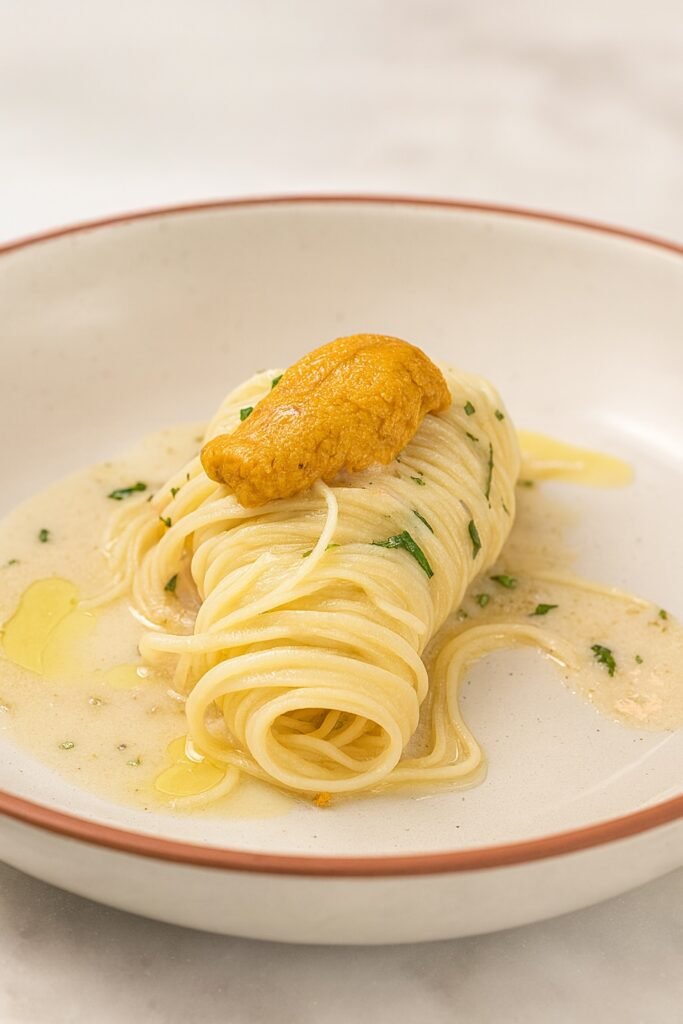
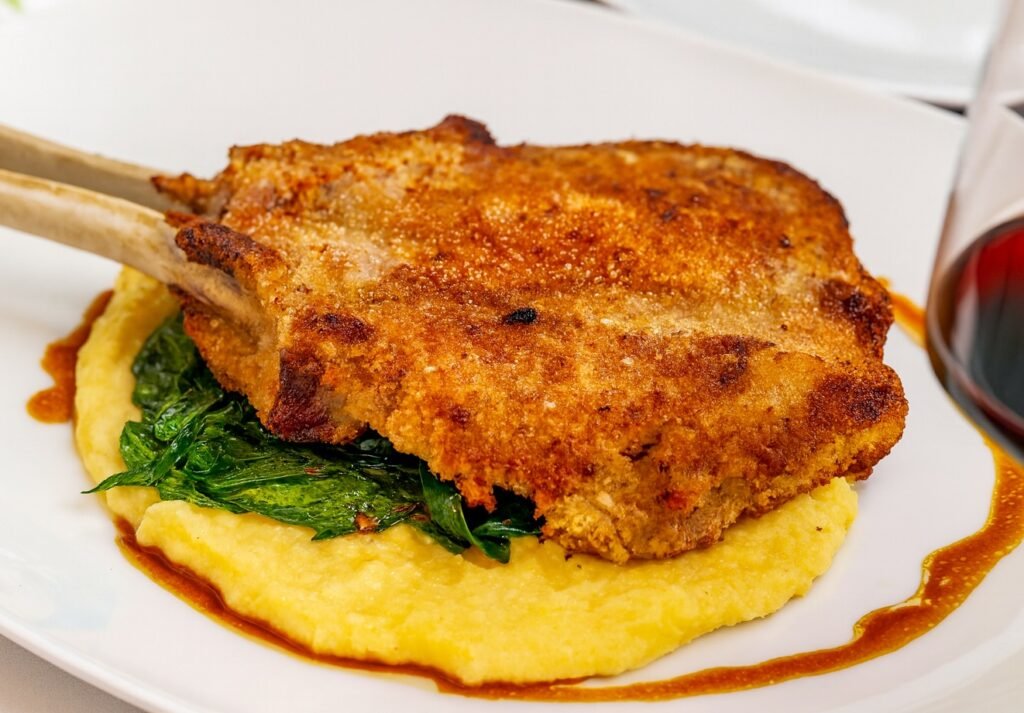
The much-missed ballet that was consistently conducted at Michael’s on Naples.
I would watch Jocelyn Jolly create magnificent drinks, like she always had. I would watch Massimo Aronne, the general manager and the city’s leading expert on Italian wines, masterfully weave his way through the space to tend to essentials. And I would watch Chef Eric Samaniego touch my table to nerdily discuss how his use of finger grapes on a pizza was a beautifully playful’n’petty response to the pineapple-on-pizza debate. (The grapes, no shocker, better than pineapple.)
And yes, this all happened in some sense. But not in the isolated way I had hoped. The place was, of course, rightfully packed. Not “kinda packed,” but egregiously swarmed upon by patrons. (And I say “egregiously” because, well, I can’t help but wonder where all you fine folks were the past few years, but I digress…) Did the front host pull a no-call-no-show? Of course they did. Was Massimo somehow handling it all? Of course he did. Did Chef Eric run out of tasting menus and multiple items? Why certainly, you fool.
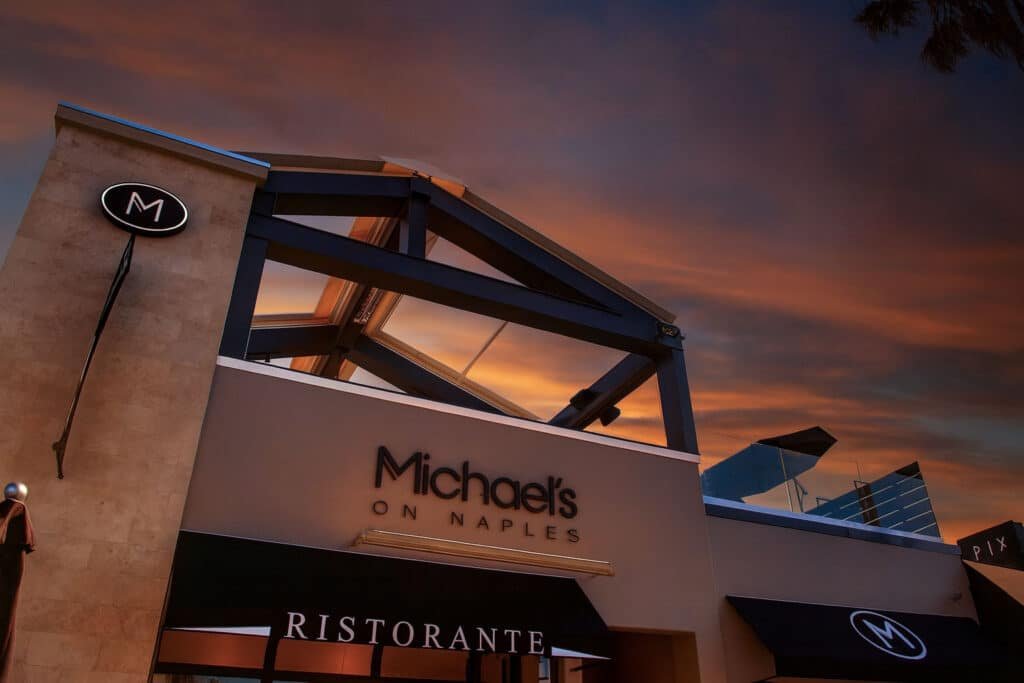
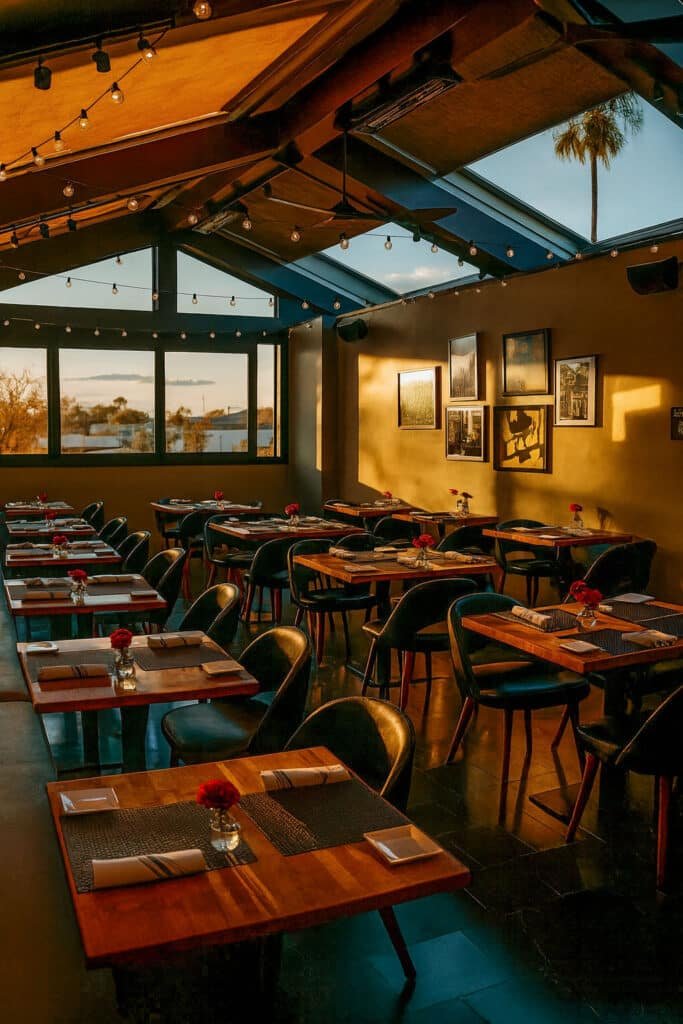
Michael’s on Naples had its last day of service on Sept. 30, 2025. Photos by Brian Addison.
Let’s be frank: Michael’s on Naples long ago became Massimo’s on Naples.
If we can have a frank bit of honesty—and, I am sure, something Michael Dene would find little offense to himself—the space had long been Massimo’s on Naples. And that weighed heavily not just for me, but for everyone in the room that Friday evening.
You see, I had the obnoxious idea that Massimo, upon my arrival, would casually usher me upstairs. (I rarely sat in the dining room; it was the space my mother had her last meal before passing weeks after, and, if I am being honest, I wish I had learned to get over that emotional hump of the space.) We would banter about everything. From the underrated world of Lambruscos—like the wondrous Grasparossa varietal from northern Italy’s Castelvetro region—to the overrated world of pettily pretentious dining.
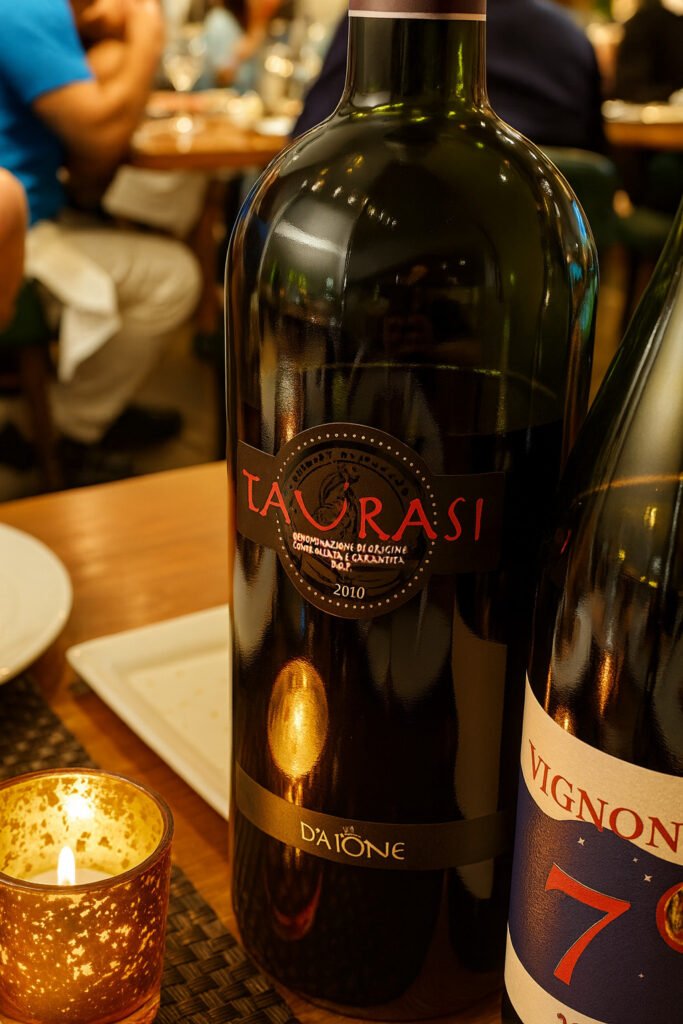
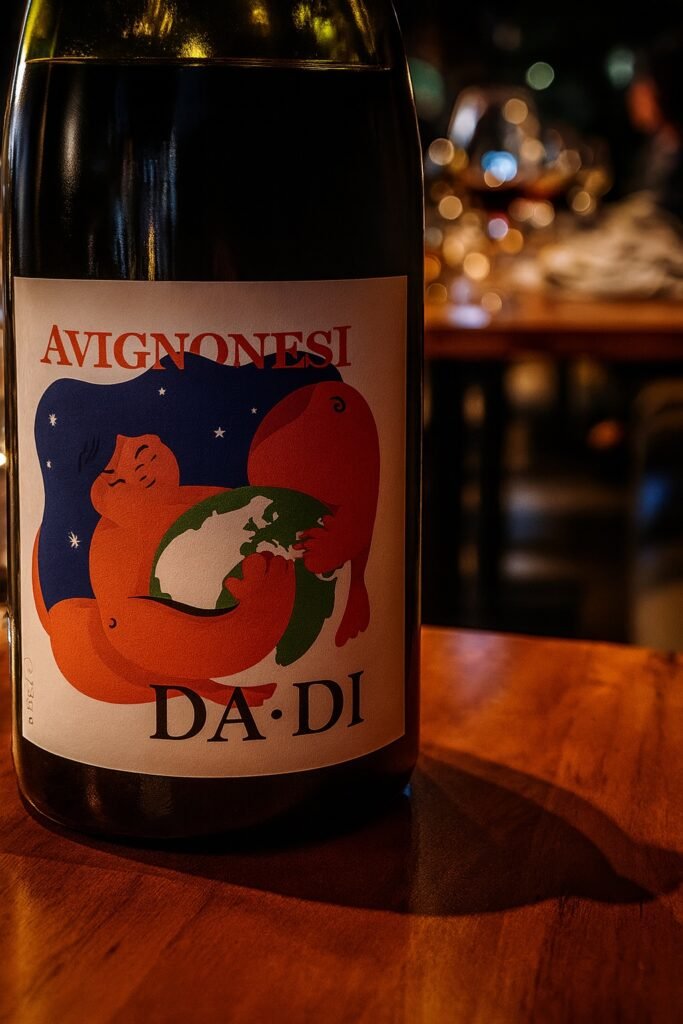
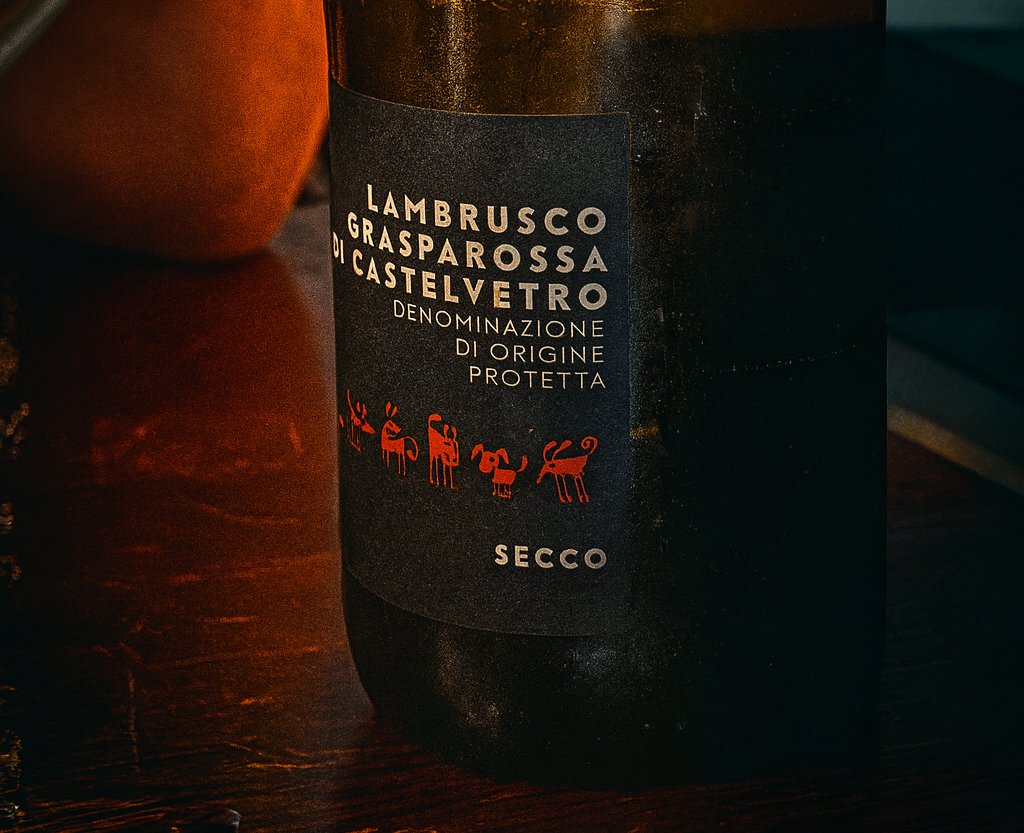
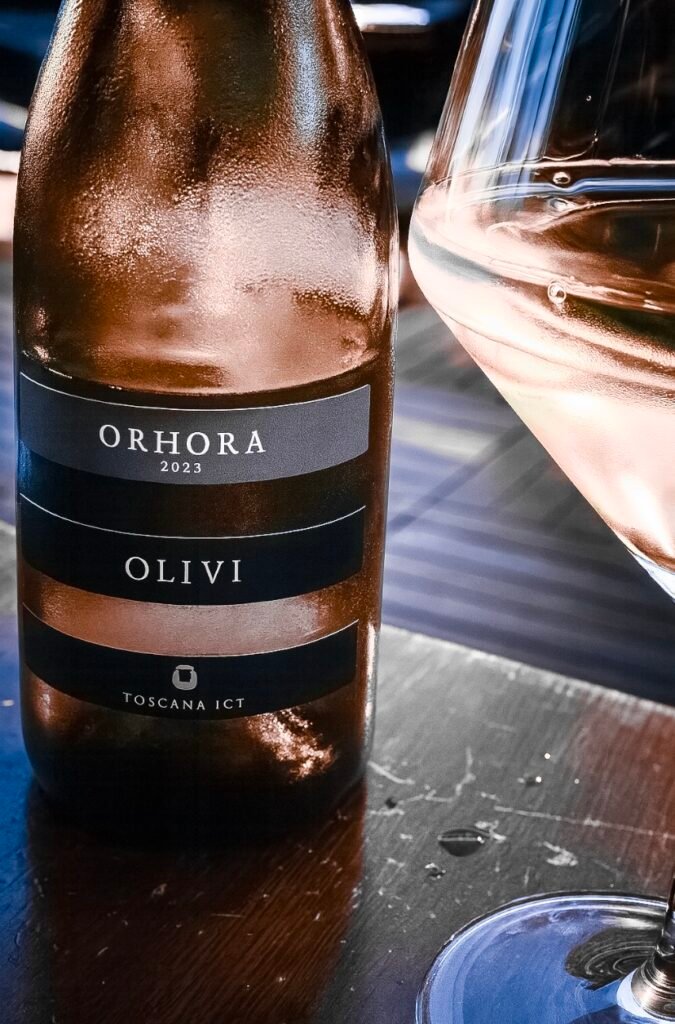
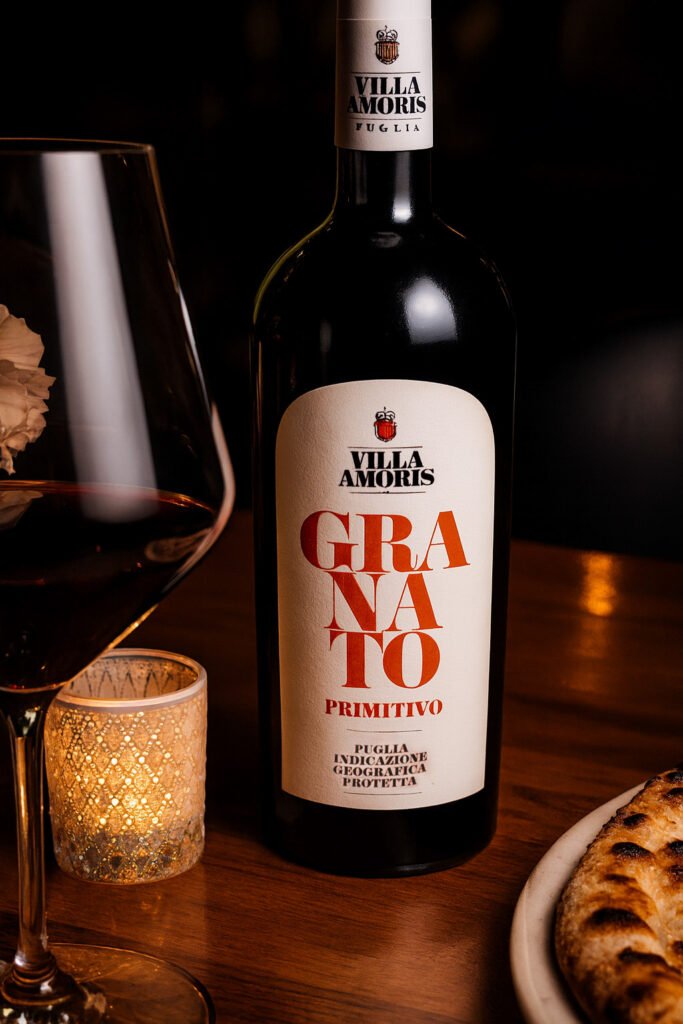
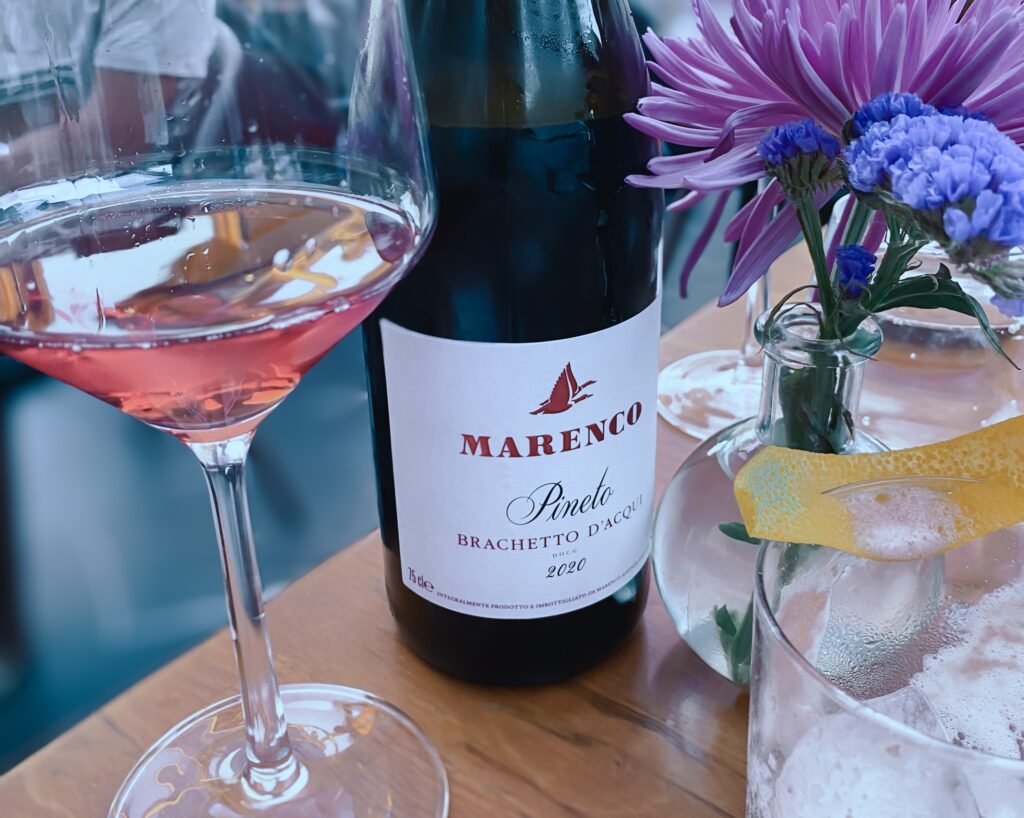
I would watch Massimo, whose Ligurian roots infused every detail of the experience, greet everyone as family, not guests; no matter who was at the table, he guided you through wines like a trusted friend if you wanted to be guided. If you simply wanted to dine, that would be perfectly fine. And, even more, if he sensed you did not need to break your bank, he would ensure that you had an experience that would defy such a need.
Massimo’s warmth wasn’t something he learned; it was something he brought with him. A wine pairing that spoke to memory—even if that memory wasn’t directly conveyed. A greeting that felt familiar—even if you’d never met him before.
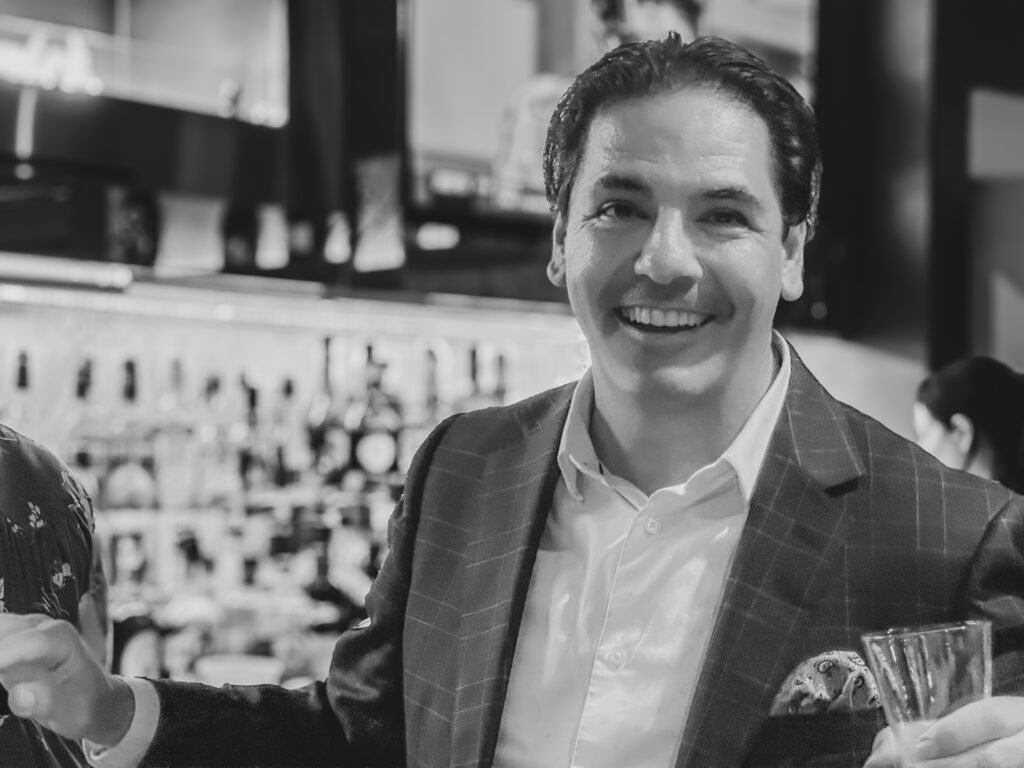
With Michael’s, Massimo introduced Long Beach to a form of hospitality that molded the city into what it is today.
When I think of the masterful GMs or hospitality leads of Long Beach—Lauren Pretty of Hertiage and Olive & Rose or Iano Dovi at The Attic or Molly Sirody at Ellie’s or Daniel Flores at Due Fiori or Gillian Poe when she was at Roe or Debra Zelenka when she was at Marlena, a student of Massimo, or, or, or… I think of Massimo.
He refused to let hospitality feel transactional—a seemingly simple but powerful way of interacting with, sure, some regulars, but always at the beginning, absolute strangers.
“People should care about and know where their food comes from—that is an ideal that will never age. But it has to come in a way they feel welcomed,” he once told me—a deep anecdote that literally altered the way I wrote about food. And that ethos extended beyond sourcing or smiles; it infused every plate, every pour, every conversation that drifted across the restaurant’s tables.
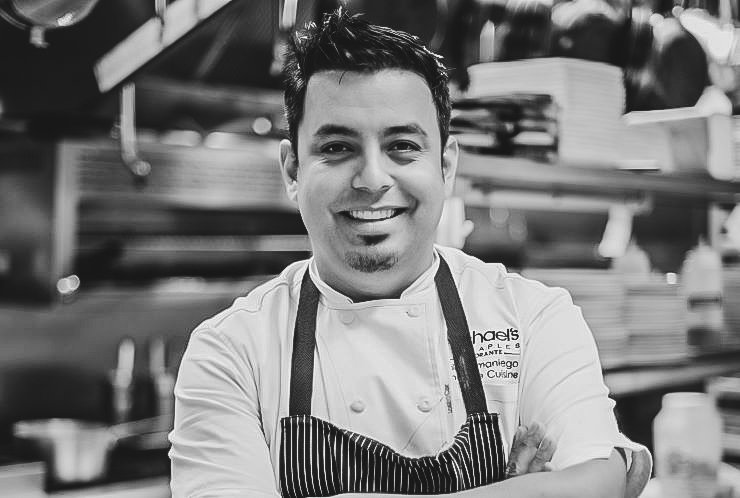
Chef Eric Samniego was likely our most underrated chef—strange considering how long, consistently, and spectacularly he operated that space.
In the kitchen, Chef Eric brought a quiet intensity and a craftsman’s grace. Unburdened by ego but filled with talent, there was a quiet pleasantness to his food. He was the first chef—and to this day, one of the few—who openly admitted a menu had been collectively crafted with his staff. He would be wildly witty—a puttanesca gone outright chilled with chunks of raw fish—to outright beautiful—squash blossoms pressed into long, wide strands of pasta for a summer squash dish.
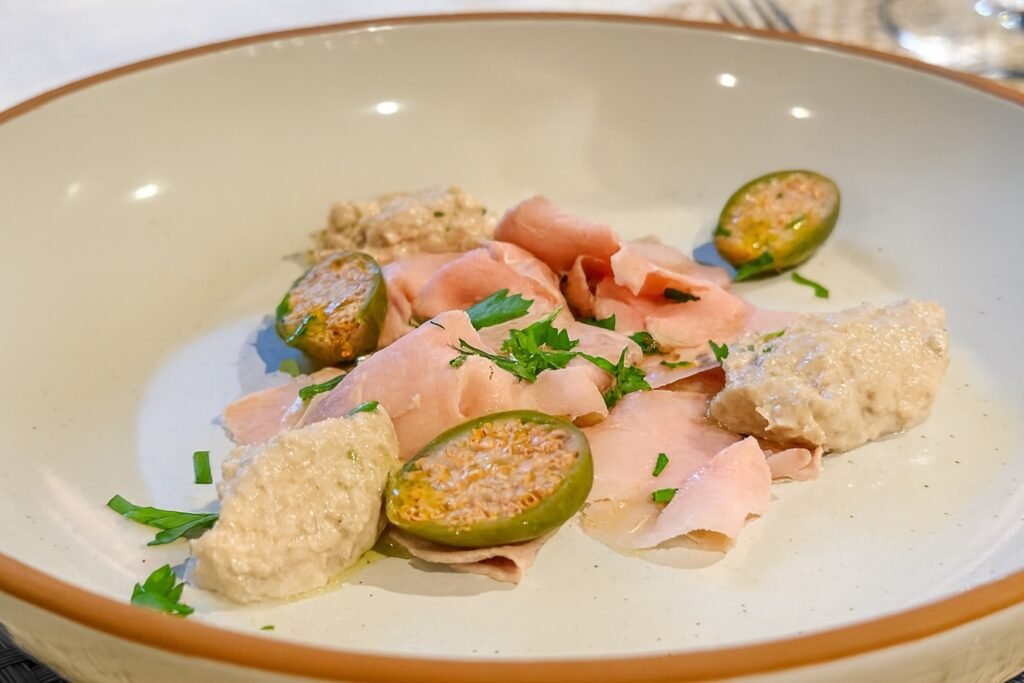
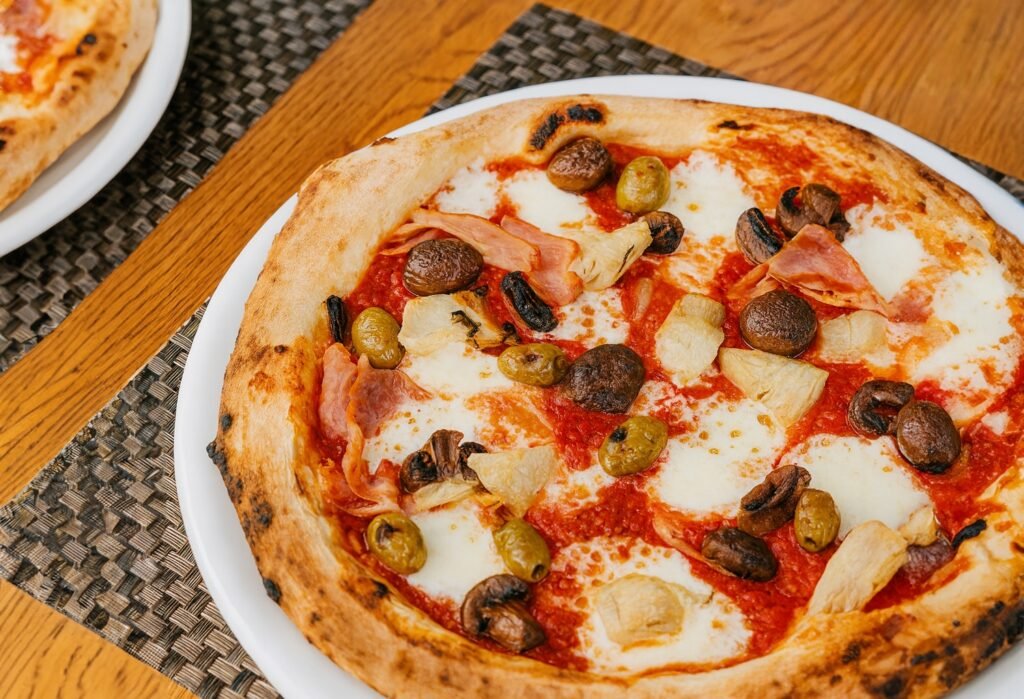
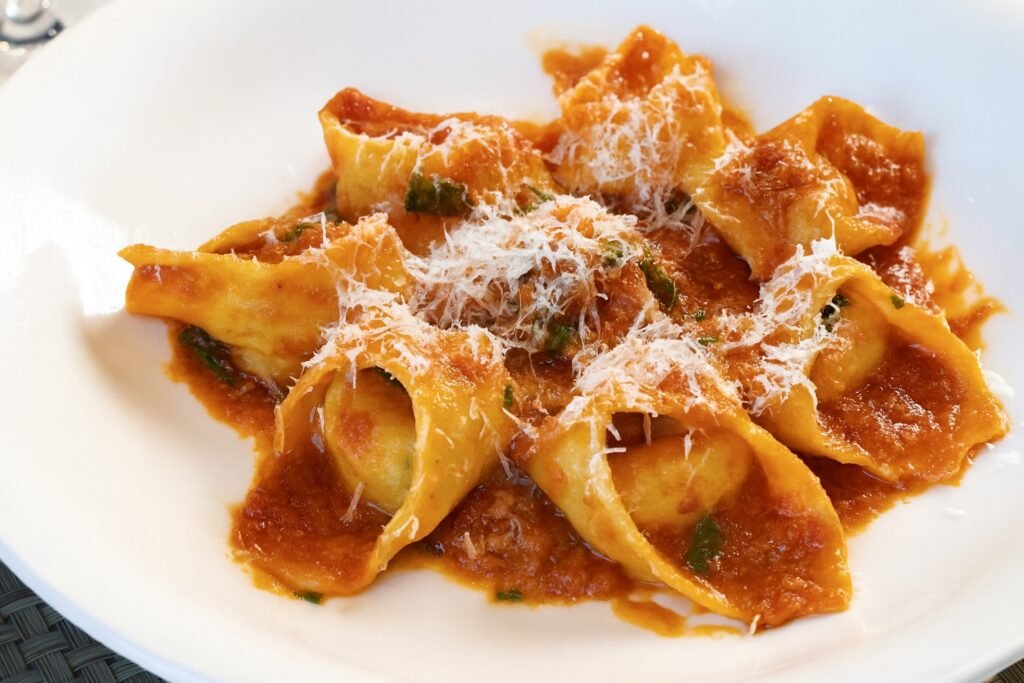
His food spoke softly but powerfully to the food ethos Massimo and he built. A dialogue between tradition and innovation, restraint and creativity; it was an honoring of Italian cuisine, not some needless reimagination of it. Every dish carried his signature: technique without pretension, flavor without fuss. And when Chef Eric opened his kitchen to collaboration—allowing his cooks to shape the menu alongside him—it only deepened the soul of the restaurant, transforming it into something more communal and, of course, more human.
Together, Massimo and Chef Eric built something extraordinary: an Italian restaurant that wasn’t trying to mimic Italy as much as it was trying to embody its spirit. Their partnership elevated Long Beach’s culinary landscape. They taught diners to slow down, to savor, to understand that food and wine are stories best told together.
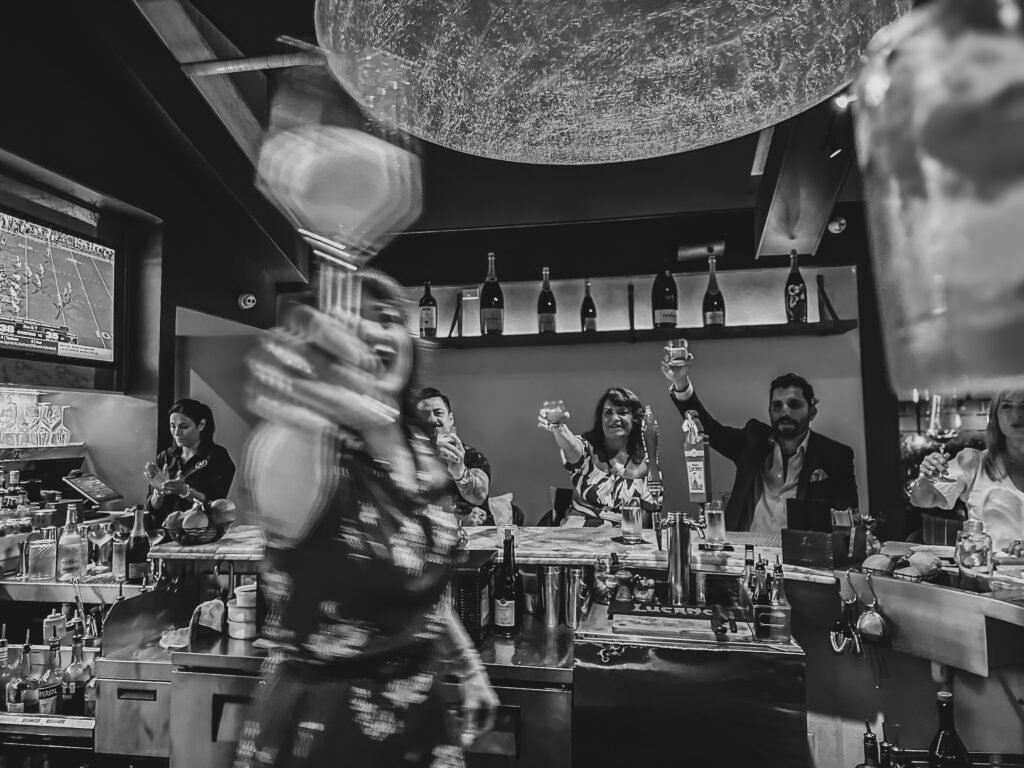
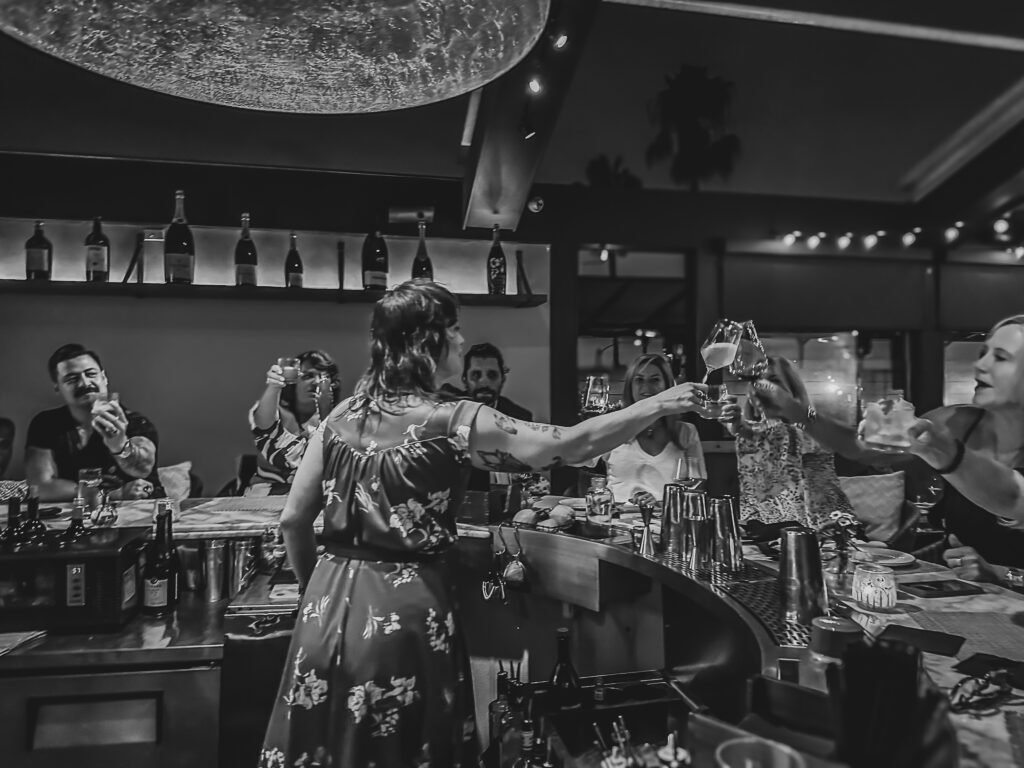
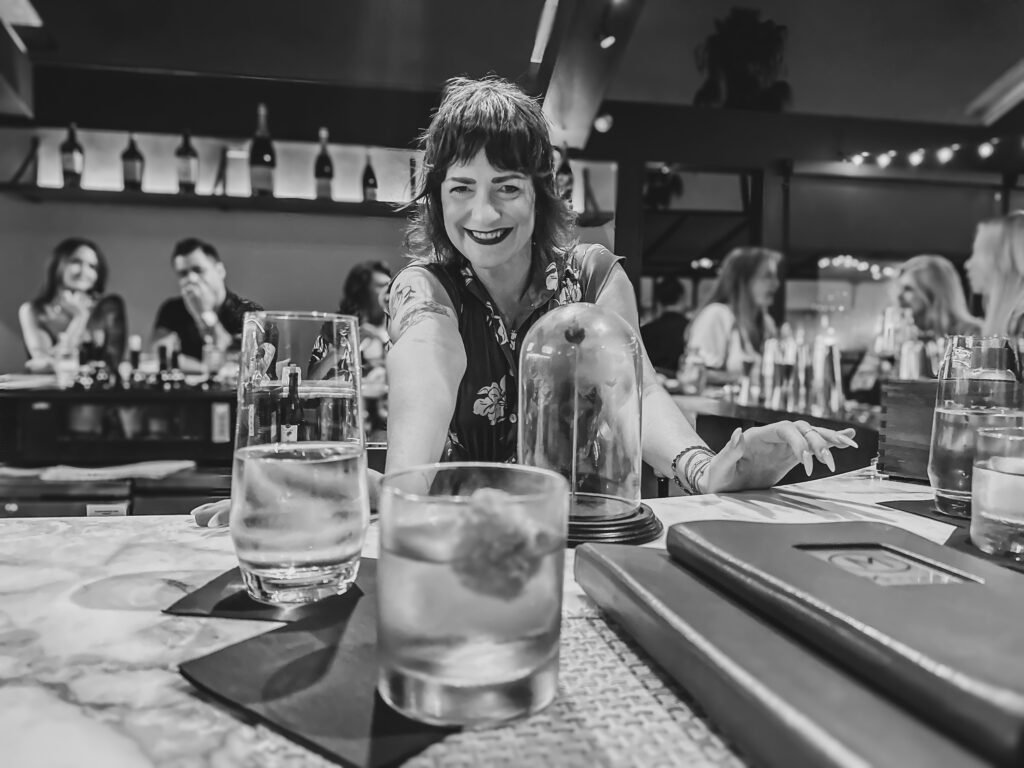
To the dolce far niente and buona forchetta in every soul…
Rightfully, patrons lamented. Amid my dinner, the consistent cries of, “How sad!” and “Where will I go now?” and… Even I, myself, had turned to My Dude and said, “I wish there were as much emphasis on losing spaces as there was losing people when older people talked to me about loss when I was younger—and how many of the people you love are connected to spaces.”
As if reading the collective mind, Massimo and Chef Eric formed a staunch redirecting of this overt expression of emotions. Massimo and Chef Eric both spoke of their ownness. I mean, by this, their existence as humans outside this restaurant. Both spoke of children and the instantaneous compulsion to, well, move on; not in a dismissive way but in an authentic, human sense. To adapt. It was Massimo eying a hotel off the Italian coast
(only to be kept stateside for his college-bound daughter). Chef Eric feeling the freedom of choice and the ability to attend hockey games on a Friday night…
Simple. Human. Evolutions. And as I walked out—even with an impromptu, in-the-walk-in conversation with Chef Eric that really was, let’s just be point blank, a conversation about the end—I had suddenly forgotten my sulking. About my selfishness. My need to wallow. And my expectations. Magically, as they had always done, Massimo and Chef Eric made me leave feeling better than I had come in.
One could only hope that talent continues in Long Beach hospitality. Arrivederci.

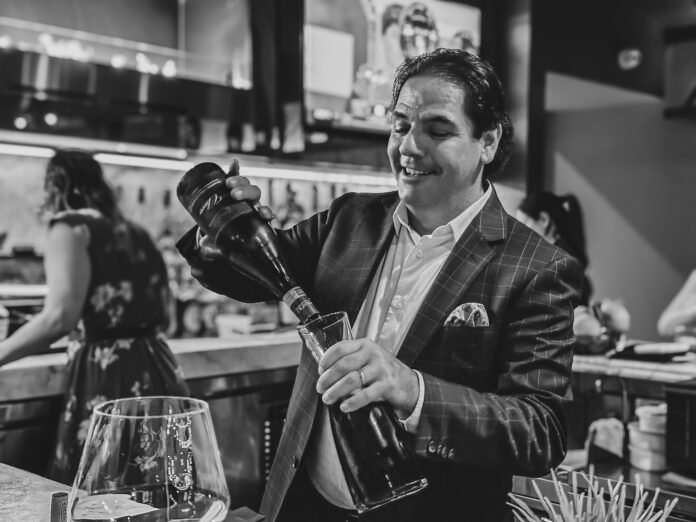

Wow, what a heartfelt sendoff for Michaels! Its like the whole city collectively mourned a beloved family pet, which, lets be honest, is how Massimo and Chef Eric made us feel. The mania over a no-call-no-show is amusing, but the real tragedy is the loss of that warm, non-transactional hospitality Massimo brought. And Chef Eric? Our underrated gem, crafting dishes with the staff like a true collaborator, not some ego-driven star. Its a bittersweet Arrivederci, indeed. May Long Beachs culinary scene rise to the occasion, but lets be real, its going to be tough finding a place that treated us like family—and didnt empty our wallets quite so gracefully. #LongBeach #FoodLoss #WhereWillICryNowquay random